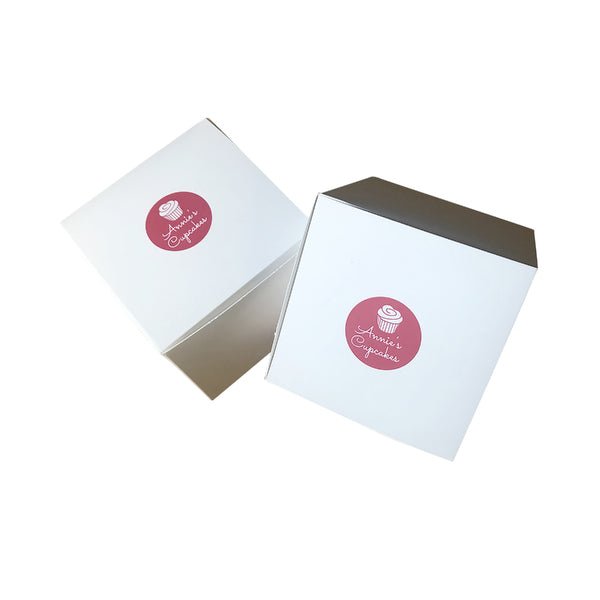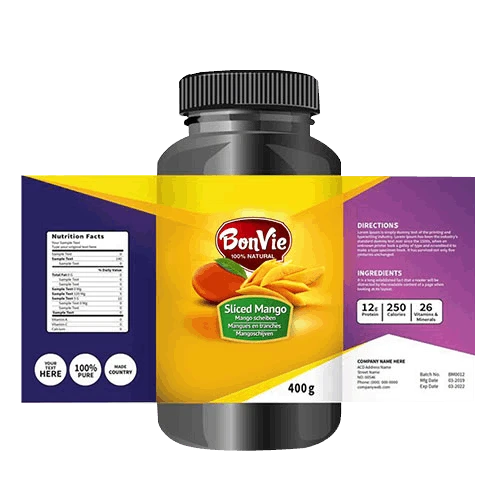Bluetooth-enabled barcode printers offering flexibility.
Bluetooth-enabled barcode printers offering flexibility.
Blog Article
Checking out the Benefits of Space Labels and Their Compatibility With Full-Colour Labels
Blank tags, typically ignored, hold a secret expertise in the world of marketing and product management. Combined with full-colour tags, they can enhance product recognition, supply management, and advertising and marketing effectiveness. Intriguingly, the mix of empty and full-colour labels can promote an unique visual that promotes differentiation and clearness in a competitive marketplace.
Recognizing the Fundamental Principle of Space Labels
While they may appear basic initially look, empty labels hold a substantial area in various sectors. They develop the structure of item identification, inventory monitoring, and high quality control. These relatively harmless tools of communication are, as a matter of fact, powerhouses of information.

Their blank nature offers them an universal application, prepared to be customised according to the user's needs. They can be printed on using different approaches like thermal transfer, direct thermal, laser, or inkjet, thus making them versatile.
Different shapes and sizes cater to the myriad needs of sectors, varying from the little round tags on pharmaceutical vials to big rectangular ones on delivery cages. Thus, blank tags, in their simplicity, carry out critical features that maintain industries running smoothly.
The Exceptional Adaptability of Space Labels
Blank tags, in their simple presence, embody an unrivaled flexibility that establishes them apart - barcode printers. This adaptability exists in their capability to be made use of throughout myriad applications and industries. From retail and logistics to pharmaceuticals, they serve as an adaptable yet durable tool in managing, organising, and recognizing items
Their customisability is one more exceptional element, sustaining a variety of printing technologies. Whether it's thermal, laser, or inkjet printing, blank labels can accommodate different approaches, dealing with specific requirements.
Additionally, they can be customized to different shapes, sizes, and materials, showing an adaptability that exceeds the typical limitations of pre-printed tags. This permits on-demand printing, providing businesses with the freedom to layout and print labels as required.
In essence, the convenience of empty labels stems from their simplicity, adaptability, and compatibility with diverse printing technologies and materials. It's these top qualities that make them a vital possession in various industries.
Cost-Effectiveness: A Key Advantage of Space Labels
One significant advantage of blank labels is their cost-effectiveness. This can be valued in a number of means, such as the reduction in printing costs, the financial savings made from bulk acquisitions, and the minimization of waste generation. Each of these facets contributes to making empty labels an affordable option for companies.
Lowering Printing Expenditures
One efficient technique is by minimizing printing costs through the use of blank tags. Unlike pre-printed labels, empty tags remove the requirement for expensive color printing, for this reason saving on the ink cost. The unification of empty tags can be a strategic decision for services intending to boost cost-effectiveness and efficiency in their procedures.

Mass Acquisition Savings
Numerous companies discover that purchasing empty tags in mass can lead to substantial financial savings, further boosting their cost-effectiveness. The rationale behind this is basic; distributors typically find supply price breaks for larger orders, lowering the system cost of each label. Organizations need to balance these benefits against storage space restrictions, as large quantities of tags call for considerable storage space.
Decreasing Waste Generation
While empty labels provide several advantages, their possible to reduce waste generation can not be overstated. This attribute contributes dramatically to their cost-effectiveness. By permitting customers to publish only what is needed, empty labels remove the surplus usually connected with pre-printed tags. This, in turn, reduces waste and the prices associated with garbage disposal. Additionally, empty labels' adaptability enables final changes or updates without the need to throw out outdated or incorrect labels, better diminishing waste development. Furthermore, by reducing the use of unneeded products, blank labels promote environmentally pleasant practices. Hence, the use of blank labels not just shows economical however likewise aligns with sustainable and liable organization practices.
Exactly How Blank Labels Enhance Branding Opportunities
The duty of blank tags in enhancing branding possibilities can not be underestimated. By giving adaptability in layout selections, they permit companies to craft one-of-a-kind, engaging visuals that reflect their brand identity. Just as essential is the function these labels play in maximising brand exposure, functioning as a consistent reminder of the service to customers.
Adaptability in Design Choices
Using an unrivaled degree of versatility, empty labels present companies with unlimited opportunities for personalizing their item packaging. They can be designed with any kind of logo design, message, or graphic and can be printed in any colour, permitting businesses to tailor their tags to their certain brand identity. With the capability to transform styles quickly and cost-effectively, business can reply to market trends and consumer feedback. This flexibility likewise allows for seasonal product packaging variations or advertising campaigns. Blank tags, after that, are not simply a functional need, but a tactical device for organization branding. Utilized smartly, they can capture client attention, interact brand worths, and set apart items in a congested marketplace (full-colour labels). They are a testament to the power and capacity of versatile layout choices.
Increasing Brand Exposure
To increase brand visibility, empty labels work as a highly efficient device. They supply a additional hints canvas for imagination, allowing a service to execute personalized designs that capture its unique identity. This flexibility ensures the brand is not constrained to pre-made themes, therefore supplying an opportunity to stand out in the jampacked market. Moreover, blank tags can be made use of throughout various product lines, preserving uniformity in brand name discussion. In combination with full-colour labels, they develop a striking aesthetic comparison that orders customer focus. This strategy improves recognition and recall, crucial elements of brand name exposure. By leveraging the capacity of blank labels, companies can substantially magnify their brand name's market presence.
The Symbiotic Relationship Between Blank and Full-Colour Labels
Although varying in their use, empty and full-colour tags have an unique, cooperative relationship that enhances their private worth. Space labels, with their minimal layout, deal versatility and flexibility, making them ideal for different applications. Their simpleness permits for customisation, supplying a canvas for creative thinking and personalisation.
Their effect is intensified when combined with empty tags. The blank tags can soak up and reduce the effects of the strength of full-colour labels, stopping them from frustrating the consumer's detects. Concurrently, the full-colour tags enhance the efficiency of blank labels, keeping them from appearing as well ordinary or boring.
Real-world Examples of Effective Blank and Full-Colour Label Combination
Have you ever considered how ubiquitous brands employ a mix of blank and full-colour tags to maximize their product allure? Its packaging utilizes a comparison of empty and full-colour labels, stressing redirected here the item's sleek aesthetic appeals.
Likewise, Coca-Cola properly uses full-colour tags on its timeless red containers, with empty labels on its 'Absolutely no Sugar' variation, subtly communicating a healthier option. Nestlé also especially uses blank tags for its 'Pure Life' canteen, contrasted with full-colour labels for its flavoured water choices. These real-world instances demonstrate the reliable use of blank and full-colour tags in improving product allure and communicating brand name values, proving that a judicious mix of both can undoubtedly be a successful advertising approach.
Conclusion
To conclude, the integration of empty tags with full-coloured tags offers companies a distinct, affordable branding approach. Their adaptability across different industries enhances product identification and stock administration, while their compatibility with full-colour labels boosts advertising and marketing performance. By striking an equilibrium between the 2, firms can record consumer focus, promote brand name distinction, and strengthen brand name identity in an affordable marketplace. The wise use these labels can therefore produce significant business benefits.
Report this page